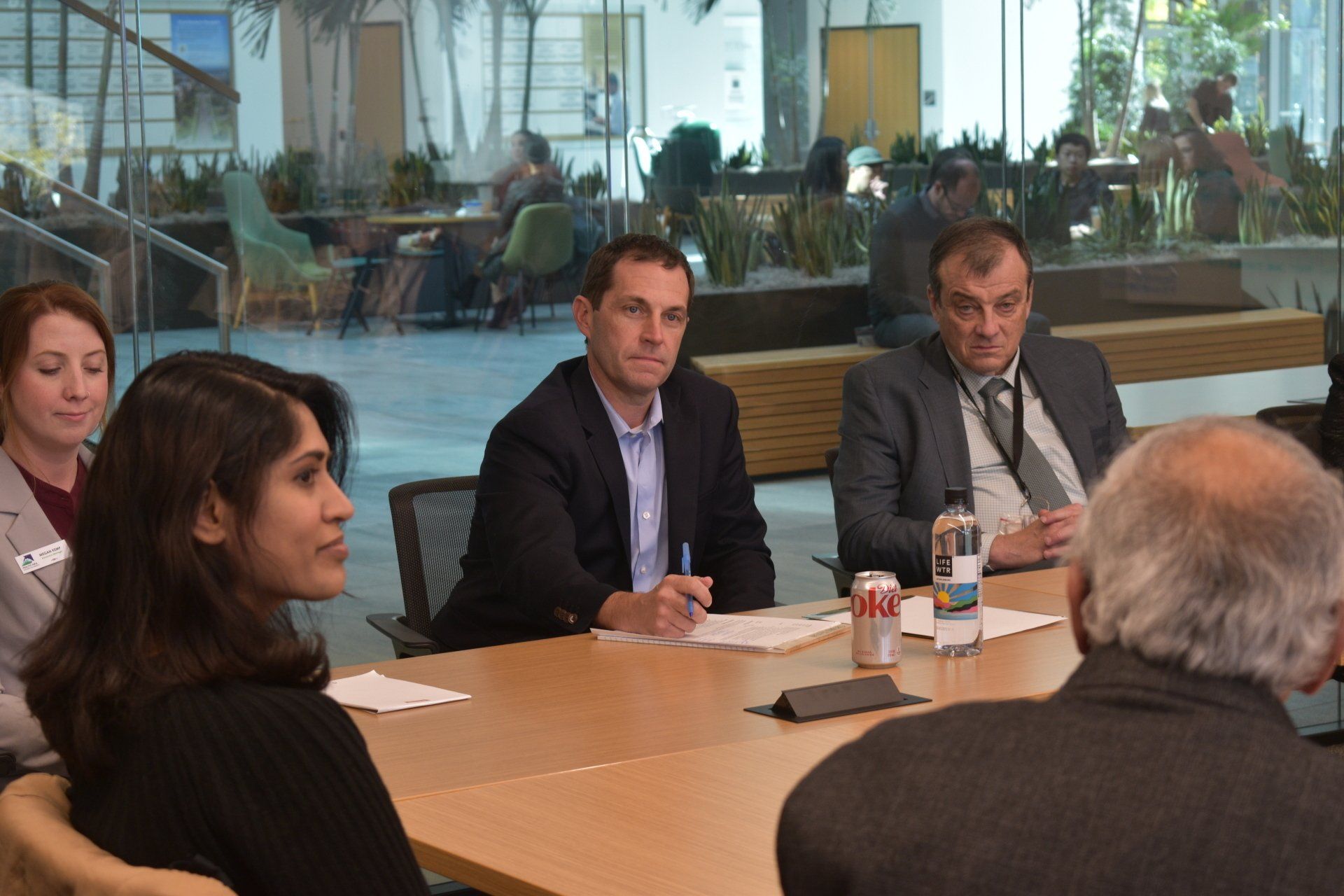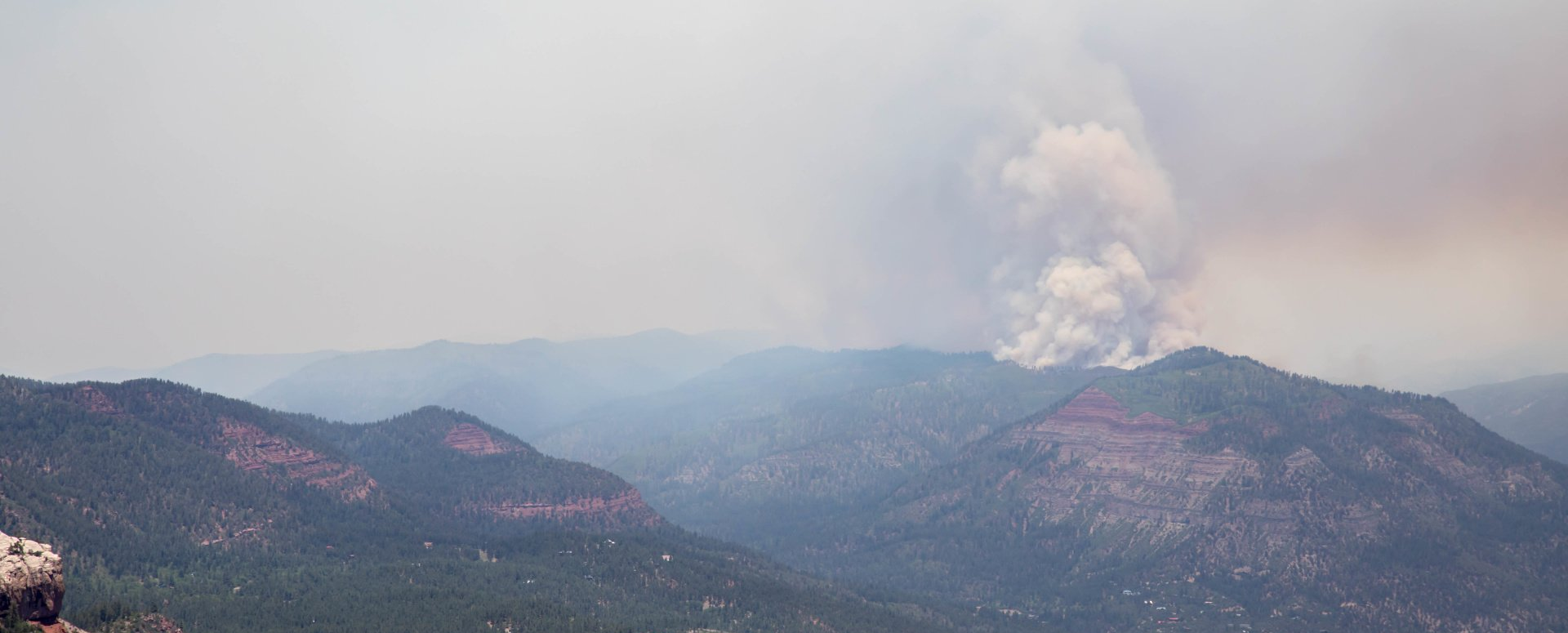The Harrowing Health Impacts of Transportation Pollution
Health professionals across Colorado see it daily: our poor air quality is having debilitating and sometimes deadly impacts on our communities.
While they understand it in the aggregate, they are experiencing it one patient at a time. Kids with higher rates of asthma. Adults who are forced to stay indoors during the summer heat or wildfire season because underlying conditions make it impossible for them to breathe. People who can no longer effectively manage their diabetes due to rising temperatures. More babies born prematurely or at low birth weights.
The reality is that the impacts of climate change aren’t just showing up in large scale changes in the frequency and severity of storms and the creeping changes to our seasonal weather patterns, the impacts of climate change are literally written on our bodies. For historically red-lined communities that have ended up along neighborhood destroying highways, these impacts increase exponentially.
A major driver of this climate change and the concentric circles of public health distress is transportation, the cars we drive and the trucks that transport our goods and services. If we can bend the curve on transportation, we can make a significant difference in the quality of our air and the ground level ozone that debilitates so many and adds to the real challenges to our public health.
Pollution from transportation typically comes in two forms and impacts public health in different ways. Particulate pollution from vehicle tailpipes can result in premature death in people with heart or lung disease, heart attacks and irregular heartbeat, aggravated asthma and other respiratory symptoms, such as irritation of the airways, coughing or difficulty breathing. These challenges can be particularly pronounced in the very young and the very old.
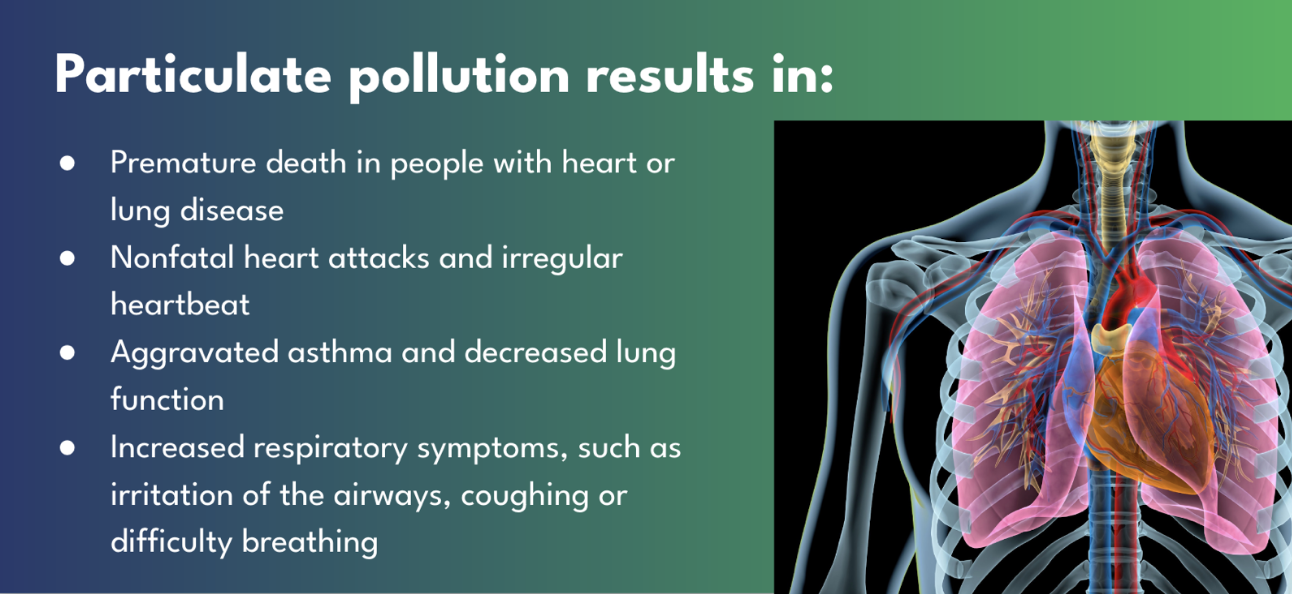
“Poor air quality is especially harmful to seniors, particularly those with upper respiratory and cardiovascular diseases,” said Mike Kingsbury, a registered nurse and Healthy Air and Water Colorado advocate.
Another silent killer related to transportation is, ground-level ozone, which forms when nitrogen oxides and volatile organic compounds (VOCs) are exposed to sunlight. Ozone creates specific health challenges like shortness of breath and pain when breathing deeply, coughing and sore throat, airway inflammation and damage, asthma, emphysema and chronic bronchitis, as well as chronic obstructive pulmonary disease. These immediate-term health impacts are joined by longer-term impacts that have begun showing up in pregnancies through early births and low birth weights.
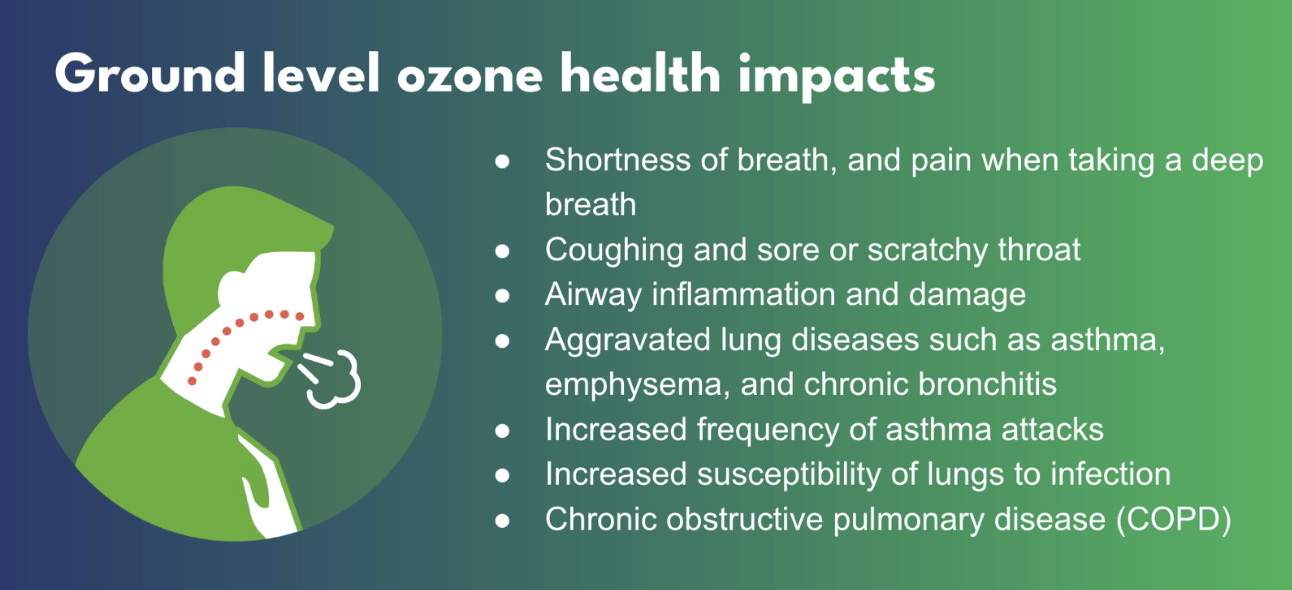
“As a neonatologist, I am particularly concerned with how air quality affects pregnancy outcomes,” said Dr. Katie Durrwachter-Erno, who advocates with HAWC for policies that improve air quality as another way she serves her patients.
We must also be conscious of the disparate exposure of certain communities to dangerous transportation emissions. Minority communities that have been historically red-lined have had highways and rail stations built through their neighborhoods, and this leads to higher level of exposure to dangerous vehicle emissions, among other environmental exposures and climate impacts. Additionally, these communities tend to lack access to safe, reliable public transit. Investments in public transportation need to consider the needs of these disproportionately impacted communities.
A piece of the transportation solution must come from better, more accessible public transit. Simply reducing the vehicle miles traveled is a clear and compelling way to begin to reverse course on our ever-worsening air quality because we can significantly reduce the dangerous ozone and particulate emissions from these vehicles. We know these kinds of efforts work to improve air quality. The Environmental Protection
Agency estimates that by investing in our public transportation infrastructure and making it more accessible, we can help to avoid the premature deaths of 110,000 Americans, fend off 2.7 million asthma attacks, and help businesses avoid 13.4 million lost workdays.
These outcomes can be achieved and measured. But we must make the investments required and we must recommit ourselves to implementing these transportation solutions now. Healthier communities and the health of our planet hang in the balance.
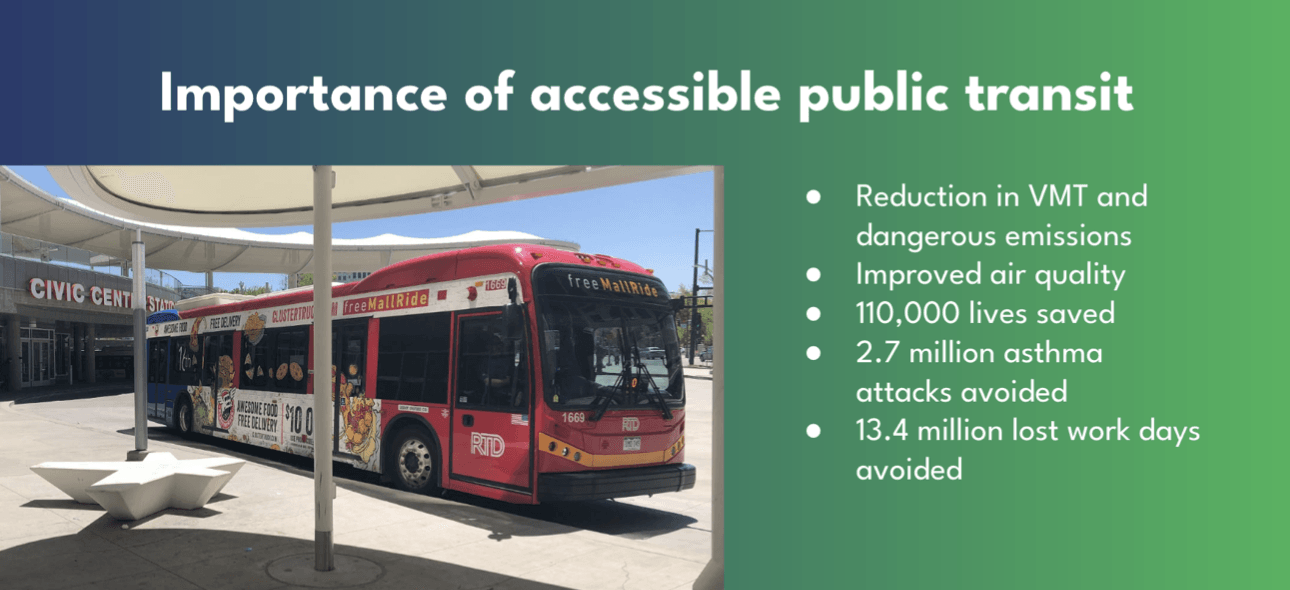


Press Release: Colorado Takes Important Step in Cutting Methane Pollution, But More Action is Needed
